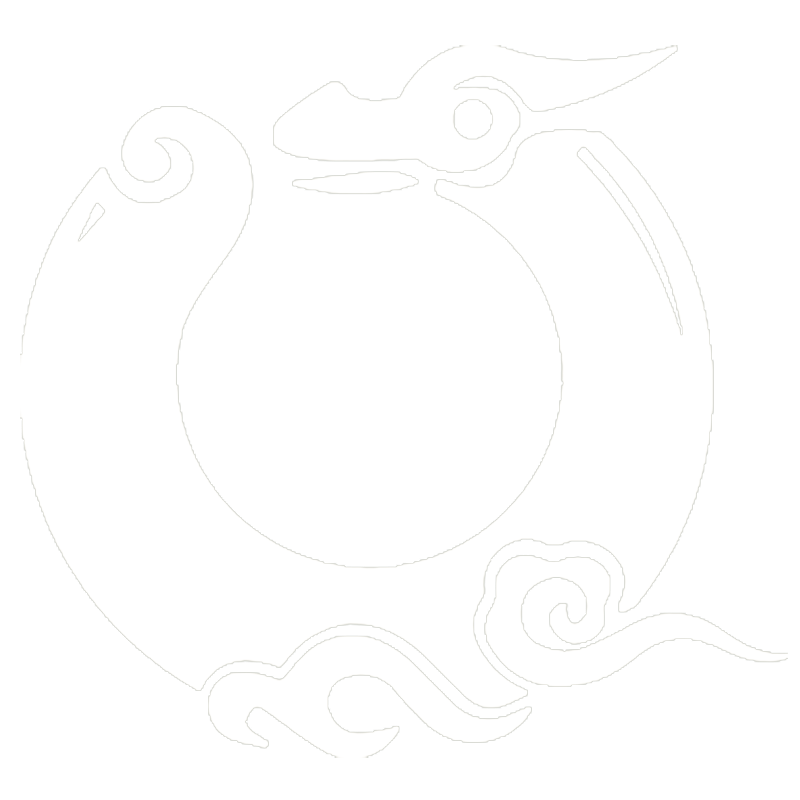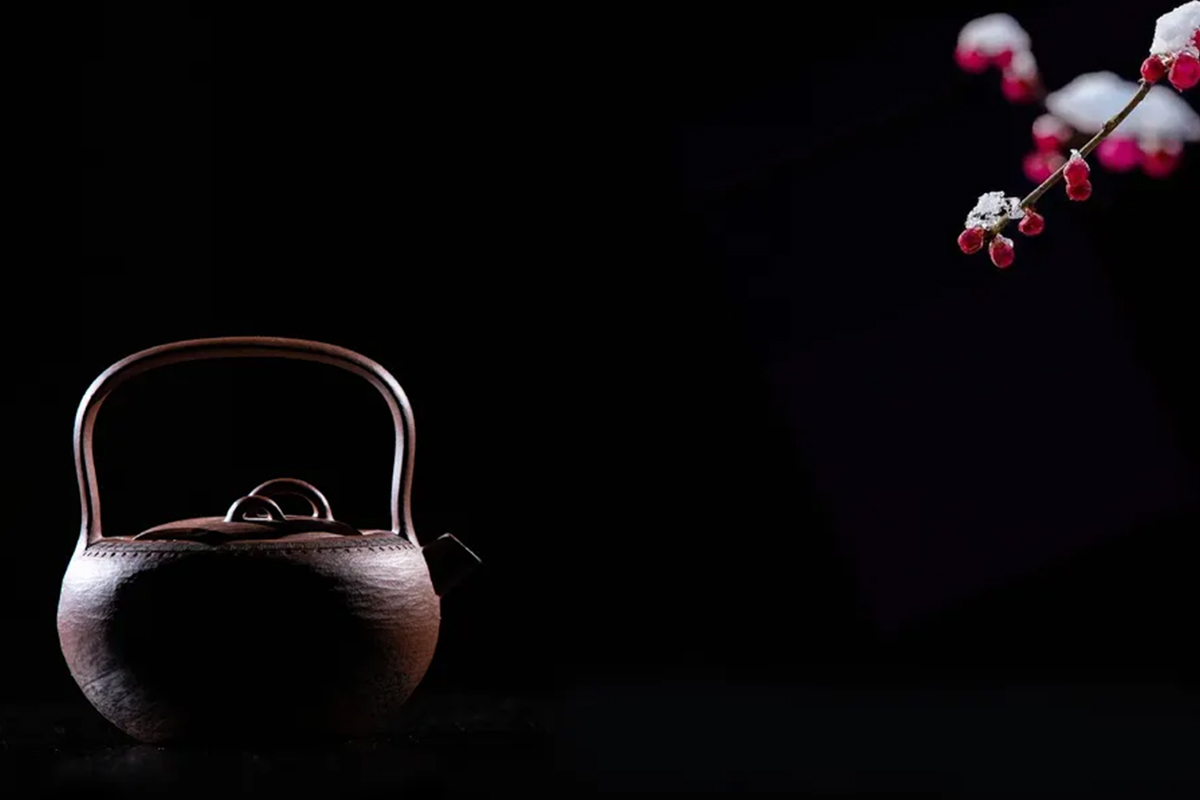Introduction
Porcelain has been a significant symbol of Chinese culture for centuries. Its exquisite craftsmanship and unique artistic value have captivated countless enthusiasts and collectors. This article will delve into the history, types, production techniques, and modern applications of porcelain.
The History of Porcelain
Early Development
The history of porcelain dates back to the Shang Dynasty around 1600 BCE, but true porcelain originated during the Eastern Han Dynasty (25-220 CE). The development of porcelain spanned several dynasties, each contributing unique styles and techniques. The Tang Dynasty was a crucial period, with white and celadon porcelain becoming widely popular.
The Golden Age: Song Dynasty
The Song Dynasty (960-1279 CE) is considered the golden age of porcelain. This period saw the rise of the Five Great Kilns: Ru, Guan, Ge, Ding, and Jun. Each kiln had its distinctive glaze and craftsmanship, reflecting the high artistic achievements of Song Dynasty porcelain.
Types of Porcelain
Celadon
Celadon is one of the earliest types of porcelain, dating back to the Eastern Han Dynasty. It is characterized by its jade-like green glaze, fine texture, and smooth surface. Notable kilns include Longquan and Yue kilns.
White Porcelain
White porcelain emerged during the Northern Dynasties, renowned for its pure white, jade-like glaze. The Tang Dynasty’s Xing and Ding kilns are famous for their white porcelain. Its pristine glaze and simple designs were highly favored by the royal family and scholars.
Colored Porcelain
Colored porcelain, developed from white porcelain, features painted designs. This art form began in the Tang Dynasty, with blue and white porcelain from the Yuan Dynasty and multi-colored porcelain from the Ming and Qing Dynasties standing out. Colored porcelain is admired for its vibrant colors and intricate patterns.
Porcelain Production Techniques
Material Selection
The primary materials for porcelain are porcelain stone and kaolin, which determine the texture and color of the final product. High-quality materials are essential for creating exquisite porcelain.
Shaping Techniques
Porcelain shaping techniques include hand-throwing, mold-forming, and carving. Each technique suits different types of porcelain, with hand-throwing used for delicate items and mold-forming for mass production.
Glazing and Firing
Glazing is a crucial step in porcelain production, affecting the color and texture. The firing temperature ranges from 1200°C to 1400°C, creating a hard, smooth surface.
Modern Applications of Porcelain
Home Decoration
Modern porcelain serves as practical tableware and elegant home decor. Porcelain vases, ornaments, and lamps add artistic flair to any home.
Art Collection
Porcelain is highly valued as an art form. Many ancient porcelain pieces fetch high prices at auctions, while contemporary artists blend traditional techniques with modern designs to create new masterpieces.
Cultural Exchange
Porcelain plays a vital role in cultural exchange. Exhibitions worldwide showcase porcelain, allowing people to appreciate and understand Chinese culture’s unique charm.
Conclusion
Porcelain is not just a functional object but an art form. Its unique glazes and techniques reflect the rich heritage and creativity of Chinese culture. In modern society, porcelain continues to shine, connecting ancient and contemporary culture.
By exploring this blog, we hope you gain a deeper appreciation of porcelain and its profound cultural significance.

